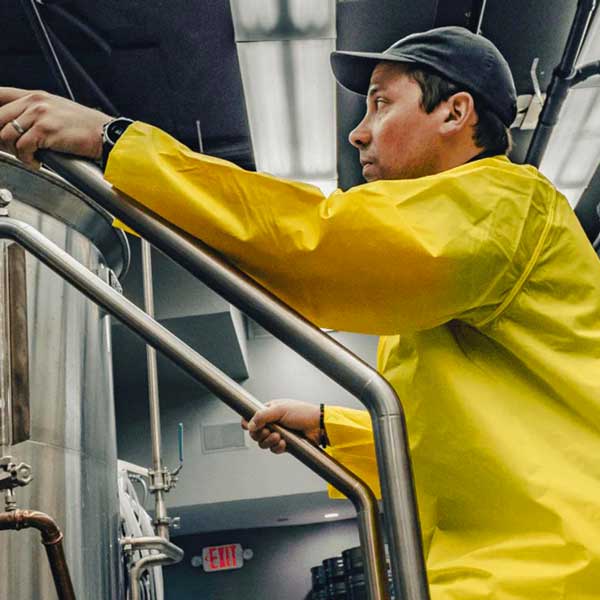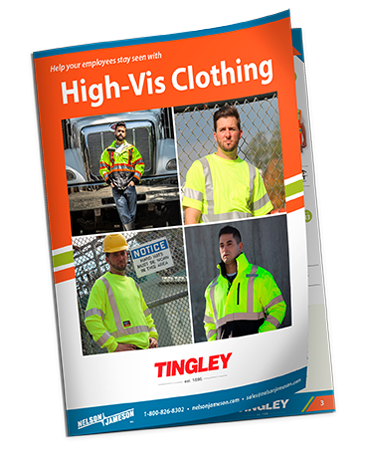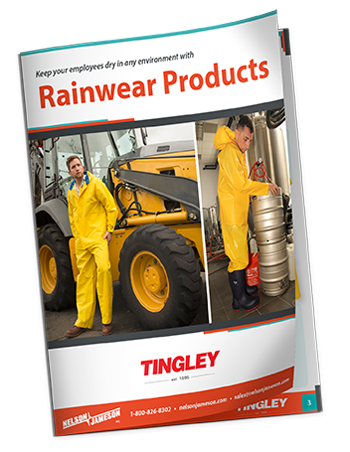
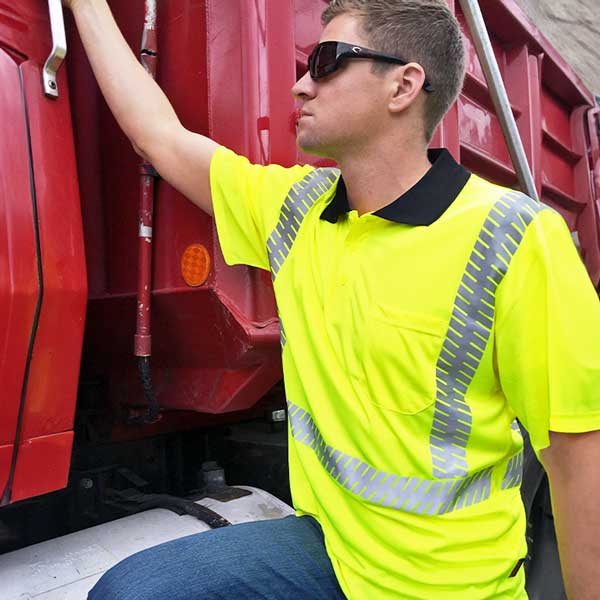

High-Vis
Stay seen, stay safe. High-visibility apparel designed for all levels of risk.
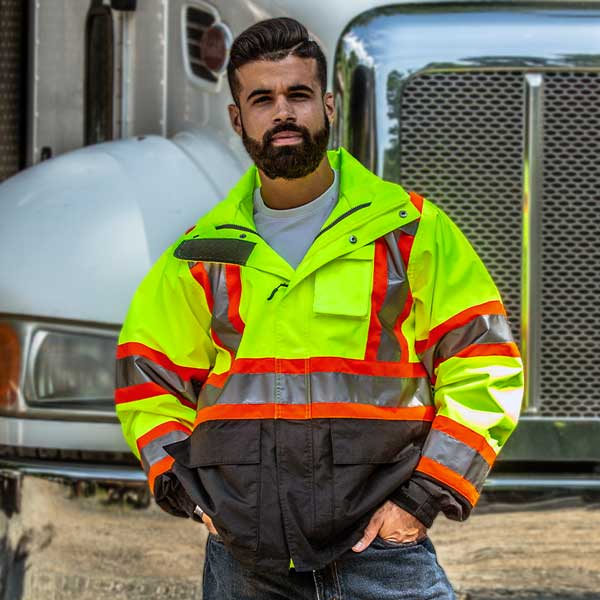

SYNC System
Interchangeable jackets, liners, and vests for personalized all-season protection.
High-Vis Safety Clothing Types & Performance Classes
Type O | Off Road
For workers in occupational environments that pose struck-by hazards from moving vehicles, equipment, and machinery but which will not include exposure to traffic on public access highways.
Example: workers exposed to the hazards of warehouse equipment traffic.
Class 1 | Type O
Offers a minimal amount of high-vis material.
Type R | Roadway
For workers in occupational environments, including exposure to traffic (vehicles using the highway for travel).
Example: roadway construction workers and school crossing guards
Class 2 | Type R or P
Will have additional amounts of high-vis material. Typically a standard vest but can also be any garment that does not have reflective tape on the sleeves.
Class 3 | Type R or P
Provides more visibility to the wearer in both complex backgrounds and through a full range of movement by the required placement of background, and reflective tape that fully encircles the sleeves and pant legs (if present).
Type P | Public Safety
For emergency/incident responders and law enforcement personnel in occupational environments, including exposure to traffic.
Examples: law enforcement and emergency response, firefighting, and road closure personnel
Class E
Not a performance class. Only intended to be worn with Class 2 or Class 3 garments. When combined with a Class 2 garment, the wearer is now Class 3. When worn alone, Class E is not a recognized high-visibility garment.
Safety Clothing
High-vis safety clothing is classified by type and performance classes to meet ANSI/ISEA 107 standards. The type of safety clothing depends on the environment. Performance classes provide a range of design options that correspond with the level of risk, the certified high-vis material, and the certified reflective tape needs of the wearer.
Rainwear
Tingley offers a comprehensive collection of rain jackets, rain suits, and bibs made of high-quality materials for comfortable, all-day protection. Wearing rain gear for wet food processing applications can keep the wearer safe from chemicals, acids, and other liquids.
High-Vis Safety Clothing Types & Performance Classes
Type O | Off Road
For workers in occupational environments that pose struck-by hazards from moving vehicles, equipment, and machinery but which will not include exposure to traffic on public access highways.
Example: workers exposed to the hazards of warehouse equipment traffic.
Class 1 | Type O
Offers a minimal amount of high-vis material.
Type R | Roadway
For workers in occupational environments, including exposure to traffic (vehicles using the highway for travel).
Example: roadway construction workers and school crossing guards
Class 2 | Type R or P
Will have additional amounts of high-vis material. Typically a standard vest but can also be any garment that does not have reflective tape on the sleeves.
Class 3 | Type R or P
Provides more visibility to the wearer in both complex backgrounds and through a full range of movement by the required placement of background, and reflective tape that fully encircles the sleeves and pant legs (if present).
Type P | Public Safety
For emergency/incident responders and law enforcement personnel in occupational environments, including exposure to traffic.
Examples: law enforcement and emergency response, firefighting, and road closure personnel
Class E
Not a performance class. Only intended to be worn with Class 2 or Class 3 garments. When combined with a Class 2 garment, the wearer is now Class 3. When worn alone, Class E is not a recognized high-visibility garment.



